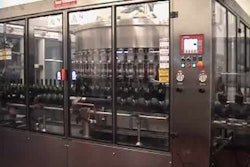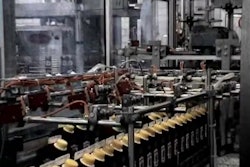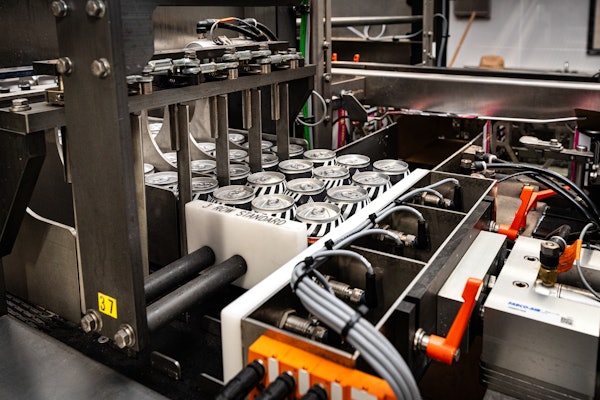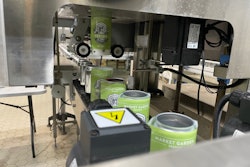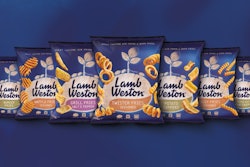Thus far, bioMérieux is the first medical company to use the new multilayer plastic bottles from Owens-Illinois Plastics Group. But O-I is confident that others will follow, once stability tests are completed.
“bioMérieux has been a wonderful first-mover partner,” raves Bill Negrini, vice president and healthcare business manager for O-I’s plastics group. “They made the acquisition of Organon Teknika right in the middle of this development, but no one missed a beat.”
Negrini admits that it’s difficult to injection/blow-mold multilayer containers, and O-I uses its SurShot™ technology that was first commercialized for food containers. Along with the polycarbonate/nylon/PC bottles for bioMérieux, the company can also use PET and Ticona’s Topas® cyclic olefin copolymer (COC) for the inner and outer layers. Along with nylon, middle layers can also be COC, and O-I is working with ethylene vinyl alcohol copolymer. COC was selected for its excellent moisture-barrier properties, which is critical with freeze-dried or lyophilized products, Negrini says.



